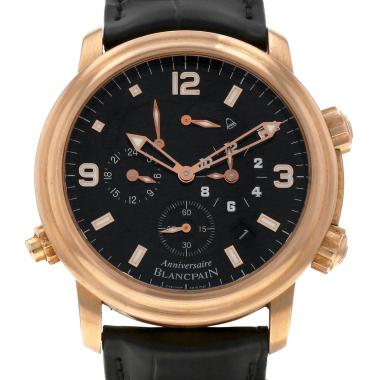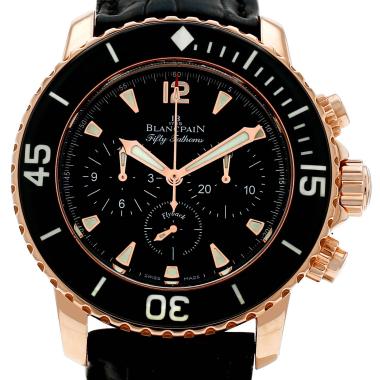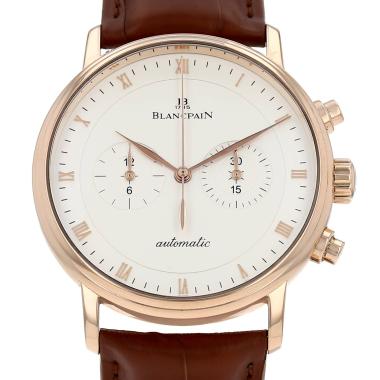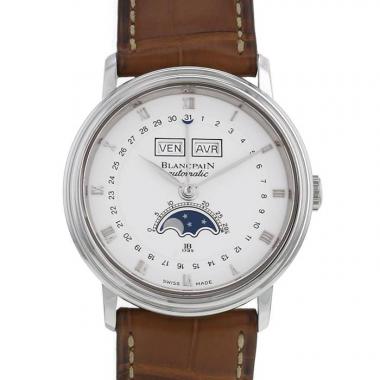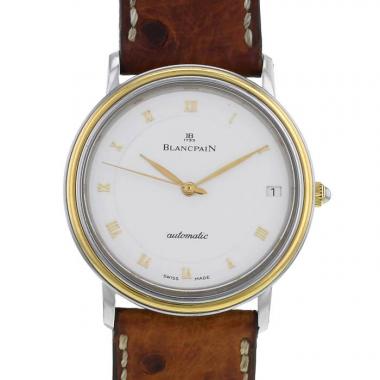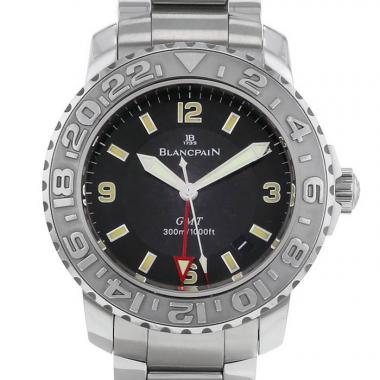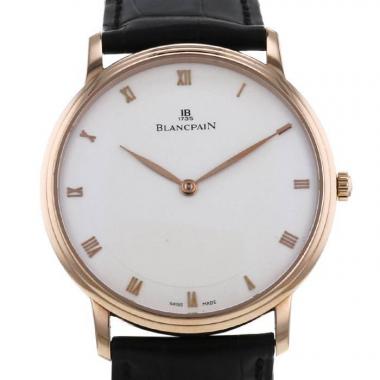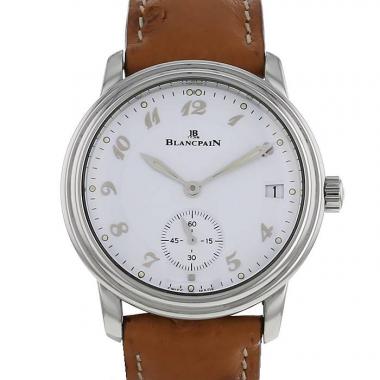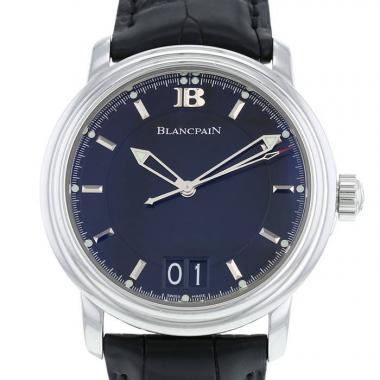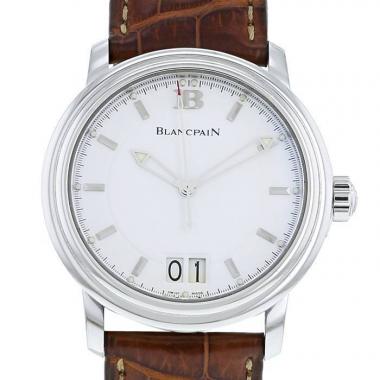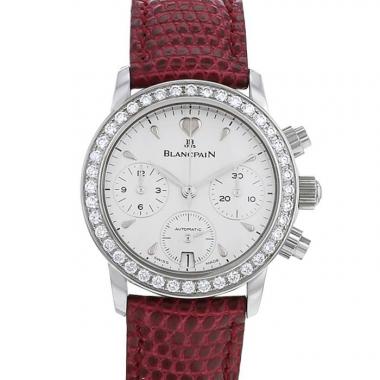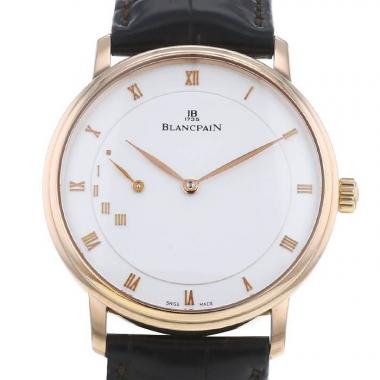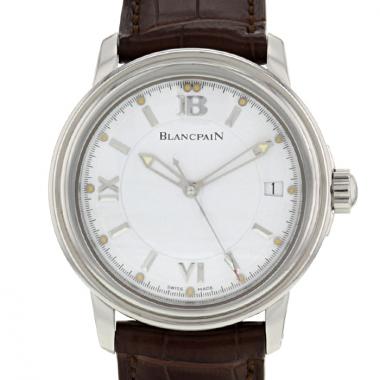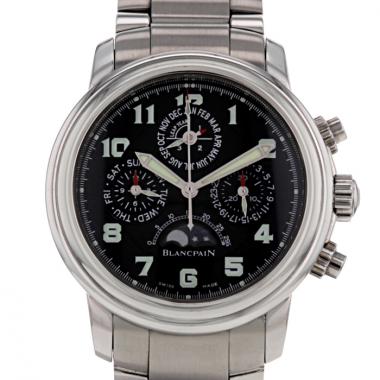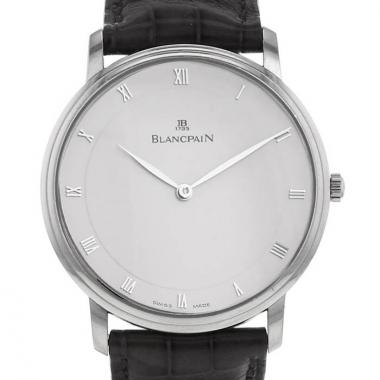The history of Blancpain watches
It was 1735 when Jehan Jacques Blancpain decided to devote himself to watchmaking on his farm on the banks of the Suze in Villeret
Blancpain watches
It was 1735 when Jehan Jacques Blancpain decided to devote himself to watchmaking on his farm on the banks of the Suze in Villeret. He began by making watch parts and later complete pocket watches.
Various generations of the Blancpain family developed a very prosperous business over the following centuries. In 1926, the first "Harwood" automatic wristwatches were launched in France. Blancpain entered the annals of automatic wristwatches in 1931 with its famous rectangular "Rolls" watch.
The long reign of the founding family came to an end in 1932 with the death of Frederic-Emile Blancpain. Because of the lack of family successors, the business was run for the next half century under the name Rayville – a phonetic inversion of Villeret. At that time, Rayville particularly made very robust divers' watches. The "Fifty Fathoms" model, launched in 1953, water-resistant to 200 m, accompanied Jacques-Yves Cousteau and his team when they shot the award-winning documentary film, The Silent World.
In 1970, Rayville S.A. was taken over by the Swiss watch maker SSIH, and the long-established watch name fell increasingly into disuse.
In 1982, a former Omega employee, Jean-Claude Biver, and the rough movement manufacturer, Jacques Piguet, bought the Blancpain name from SSIH, which was in financial difficulty. Its moon-phase models made a major contribution to the renaissance of mechanical wristwatches.
Other mechanical specialties followed. Soon a new wristwatch with a minute-repeater was released. With a diameter of 20.3 mm and a height of 3.2 mm, its movement ranks among the smallest of its type. In 1989, Blancpain realized a calibre that had never been seen before in the history of watchmaking: an automatic chronograph with split-seconds and date. The highlight of the Blancpain collection is undoubtedly the “1735” edition, which was limited to 30 pieces. Fitted with a perpetual calendar, split-second chronograph, a tourbillon and minute-repeater, it is one of the most complicated wristwatches made.
In 1992, Blancpain once again changed hands when it was taken over by SMH (Societe Suisse de Microelectronique et d'Horlogerie), better known today as the Swatch Group. Mechanical watches continue to be its dominant product, including models with an alarm, equation of time display and exclusive 1330 hand-wound calibre, featuring three cylinders and one week power reserve.
